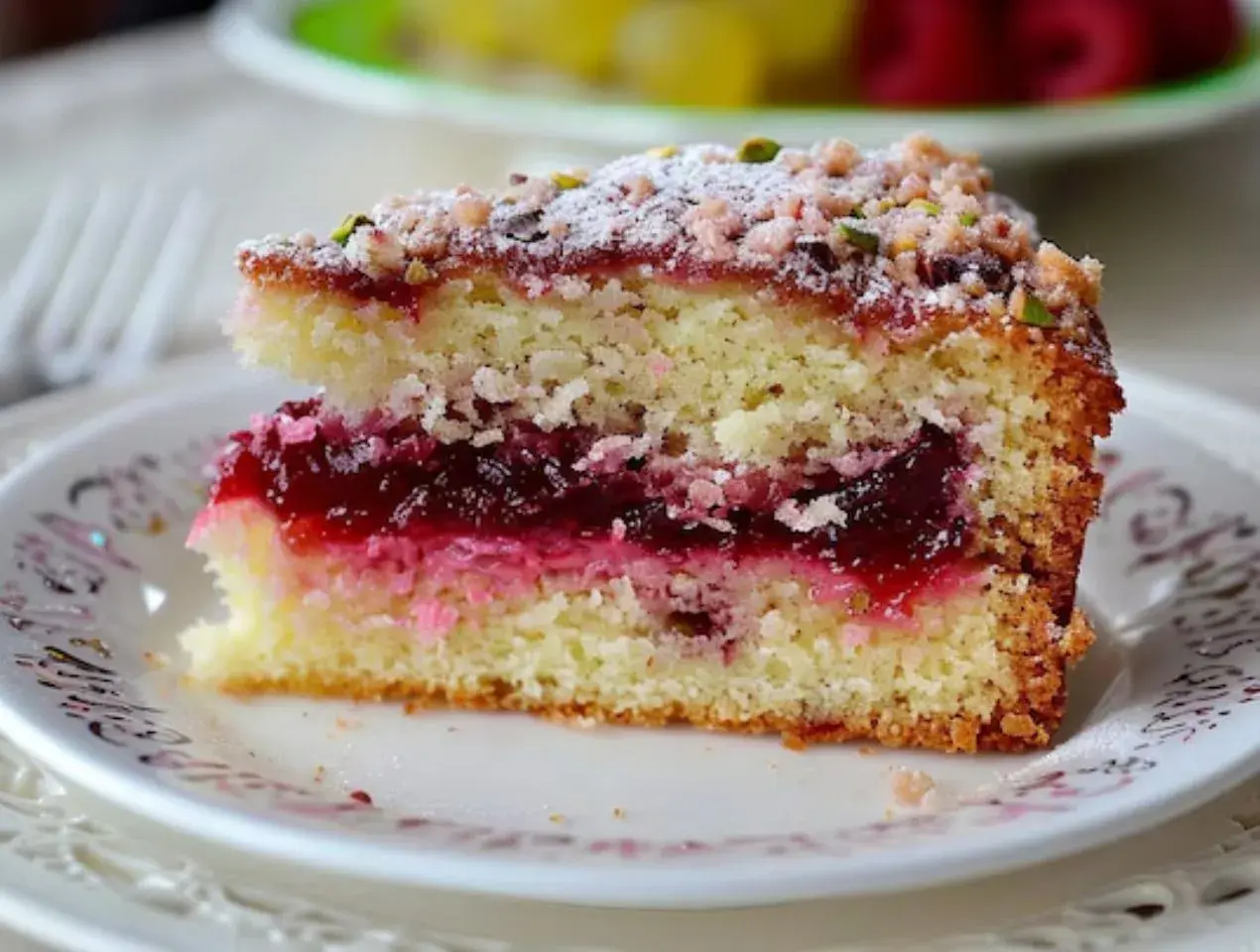Too many dessert cakes, too little space, so here are some cakes that start with “P” and are sweet and baked for special occasions.

Cakes is the Western world were always made to celebrate or commemorate something or someone while in the East, the cakes have completely different in ingredients as well as the flavours and are meant to be eaten for prosperity, a good harvest or even to mark a festive occasion. Whatever the case, there are too many cakes to go around and from whichever world they come from, all of them hold a local significance and they make for delish dessert recipes, so here are some of them starting with “P”.
1. Panama Torte
Chocolate and almonds are an irresistible combination and the Austrian Panama cake has both of them. It is named such because it was baked on the occasion of the opening of the Panama Canal in the year 1914. It's made from breadcrumbs, almonds (toasted and untoasted), dark chocolate, butter, eggs, sugar, vanilla and almond extract. The cake sponge is baked, cut into two or more sponges, and then layered with chocolate icing. This also covers the whole cake and is then decorated with almonds. It's best eaten cold.
2. Pão de Ló de Ovar

One of the most famous Portuguese cakes, Pão de Ló de Ovar, was first baked by nuns around 1781. There are written versions of this in a book called “Irmandade dos Passos”, which it makes note of this cake being offered to priests during the Holy Week procession, who carried the wooden framework of the statues. This cake today can be seen in local fares in Portugal and comes from the Ovar region of Portugal.
3. Parkin

This sticky cake comes from England’s Yorkshire and probably got its name from someone who baked this cake for the first time. It's made with flour, oatmeal, black treacle and lard with ginger to spice it up. When baked it's stiff as a board, but softens when left in a sealed container. It's a common wintertime treat in most of Northern England and you'll find it during Bonfire Night or Guy Fawkes Night.
4. Pavlova

Named after the touring ballerina Anna Pavlova, who was visiting New Zealand and Australia in the 1920s, this cake is anything but conventional for it's made with meringue, which cracks when it hardens with plenty of whipped cream over it. Then it's topped with fresh fruits to counter the sweetness of the cake. The first printed recipe came out in 1926, much else about its origin or who made, is relatively unknown.
5. Petimezopita
It’s hard to come by grapes in desserts and when you do it's mostly used as a topping and does not go into the creme or batter. So, the Greek Petimezopita is one of a kind because it uses grape molasses in the batter itself. Being Greek, it uses olive oil as well with orange, a little bit of cinnamon and cloves. There's liquor in this cake too, local tsipouro or raki are used along with currants or raisins. It's traditionally baked in a round form that turns a beautiful brown hue with a thick texture and is fragrant. It is often dusted with powdered sugar, sesame seeds, walnuts and sometimes chocolate or grape molasses itself.
6. Piernik
This one’s a traditional Polish gingerbread, from Torun, that is locally known as the honey-spice cake which is a popular Christmas cake. There are different varieties but the most common one uses wheat or rye flour, honey, and loads of spices – cinnamon, cloves, nutmeg, allspice, ginger, and pepper. It's baked in loaf pans with plenty of fruit and nuts in the cake. A thick layer of plum jam is slathered on this cake when it is served.
7. Pio Quinto
This is a Nicaraguan custard cake soaked in rum and dusted with cinnamon. It combines flour and pinol (toasted white cornmeal). Sometimes raisins and prunes are added. This cake is served for special occasions like Christmas and is named after Pope Pius V.
8. Parrozzo
Parrozzo is an Italian Christmas cake shaped like a dome, made with almonds, flour, butter, sugar, and eggs. It has lemon zest and a chocolate coating. Parrozzo was created in the 1920s as a sweet version of pane rozzo, a coarse cornmeal bread from Abruzzo. The chocolate coating mimics the burnt look of pane rozzo baked in wood ovens.
9. Potica
Once a cake reserved only for the elite, Potica has become mainstream in Slovakia and there are too many versions of it that use different fillings ranging some hazelnuts, walnuts, honey, poppy seeds, tarragon (local herb), and cottage cheese. It's known as the pride of Slovenian housewives and you'll find these cakes being made for local festivities and celebrations like Easter and Christmas. It's a heritage cake that is revered by the Slovaks so much so that it made it into local postage stamps.
10. Pastel de banano
It's a simple banana cake from Guatemala that is also known as the Pan de banano. It's banana cake which is spongy and mostly homemade with a dusting of powdered sugar. It incorporates banana, flour, eggs, butter, baking soda, sugar and salt. At times vanilla essence is used to add flavour to this fragrant banana bread with an addition of chopped nuts and even chocolate.
More Like This
Popular Articles




Trending Web Stories
Curated Recipes

















